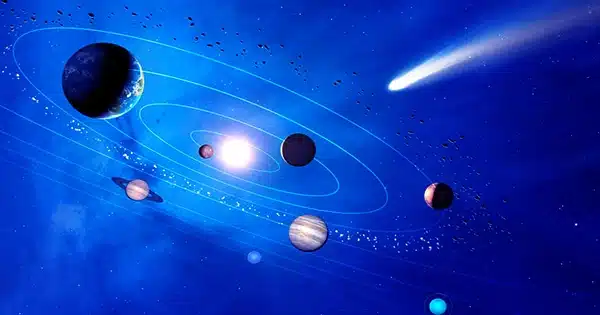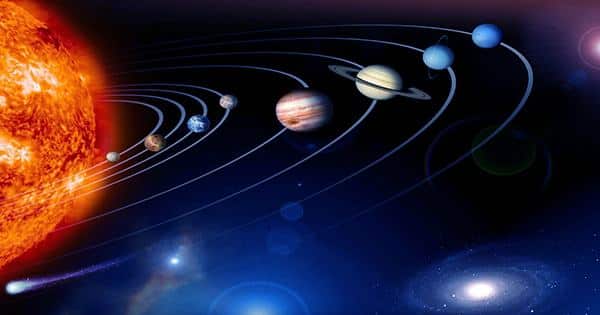A team led by a RIKEN astronomer has calculated that the building components of new planets may form more easily than previously assumed.
Planets form from the clouds of dust and gas that swirl around newborn stars. Dust particles in these protoplanetary disks progressively consolidate into grains, which assemble to become planetesimals. These planetesimals, which might be several kilometers broad, have the potential to serve as the foundations for future worlds.
Astronomers are currently determining how each of these stages occurs. For example, planetesimals may develop when dust grains contact and cling together, a process known as coagulation.

Alternatively, the drag experienced by dust grains as they move across the protoplanetary disk may concentrate the dust into loose clumps, a process known as streaming instability. “If these clumps are massive enough, planetesimals may form through self-gravitational collapse,” adds Ryosuke Tominaga of the RIKEN Star and Planet Formation Laboratory.
To determine the relative importance of these two processes in planetesimal formation, Tominaga and Hidekazu Tanaka of Tohoku University in Sendai, Japan, developed a physical model that simulates the behavior of dust grains in protoplanetary disks. Their findings were reported in The Astrophysical Journal.
Based on earlier simulations of planetesimal formation, their model took into account a variety of parameters such as dust grain speed and stickiness. If grains collide too quickly, they may break apart instead of producing a larger grain.
“Some studies have suggested that dust grains are not so sticky and that their growth may be limited by fragmentation in planet-forming regions because of high collision velocities,” Tominaga said. “This is thought to be one barrier preventing dust growth toward planetesimals.”
Tominaga and Tanaka’s model calculated how long it would take for dust grains to increase through coagulation and compared it to the time scale of clumping caused by streaming instability.
The model demonstrated that both processes happen at similar rates. Indeed, the clumping and coagulation processes work together to move things along swiftly, creating a positive feedback loop.
“Dust growth enhances the clumping efficiency, while stronger clumping promotes dust growth,” according to Tominaga. “This feedback has been predicted to promote planetesimal formation.”
The effect was observed with both ice dust grains and silicate granules, which resemble sand.
According to Tominaga, the model currently provides a fairly simple estimate of dust growth. He aims to conduct higher-precision numerical simulations to provide a more detailed understanding of these planetesimal creation processes.











